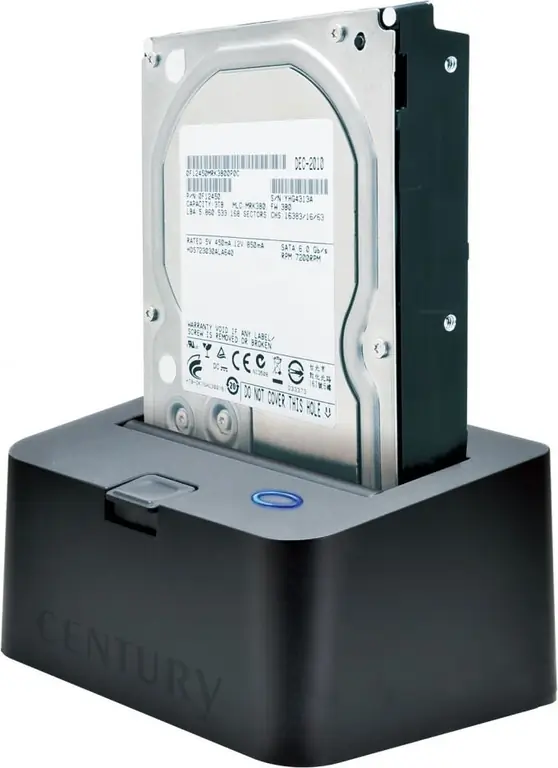When you need to increase the size of the local disk, they usually resort to using additional programs. This allows you to better and more accurately adjust the parameters for changing the state of partitions.

Necessary
Partition Manager
Instructions
Step 1
Download and install the Partition Manager program. You must use a version of the utility that is capable of running under your operating system. Restart your computer to give the program more information about the status of hard drives and their partitions.
Step 2
Start Partition Manager. Check the box next to the "Advanced user mode" and click the "Next" button. Now open the "Wizards" menu, which is located above the program toolbar. Click on the item "Redistribution of free space between partitions."
Step 3
In the window that opens, just click the "Next" button. Now select a couple of hard disk partitions between which you want to reallocate free space. Click "Next".
Step 4
Now, by moving the slider, set the desired size for both sections. Note that only the free space of another can be used to increase the size of a local disk. If you need to significantly increase the size of the volume, then first delete all unnecessary data from the donor disk. Click the Next button after you finish configuring the sizes of the future disks.
Step 5
In the window that opens, just click the "Finish" button. Now open the "Changes" menu. Find the item "Apply pending changes" in it and click on it. Immediately after that, the process of increasing the desired partition will start.
Step 6
If the system partition of the hard disk is involved in the process of redistributing space, then after a while a window will appear asking you to restart the computer. Click the Restart Now button. Partition Manager will continue to perform MS-DOS operations immediately after a system reboot.
Step 7
After completing the procedure, turn on the computer and open the list of local drives. Make sure the operation is correct.






